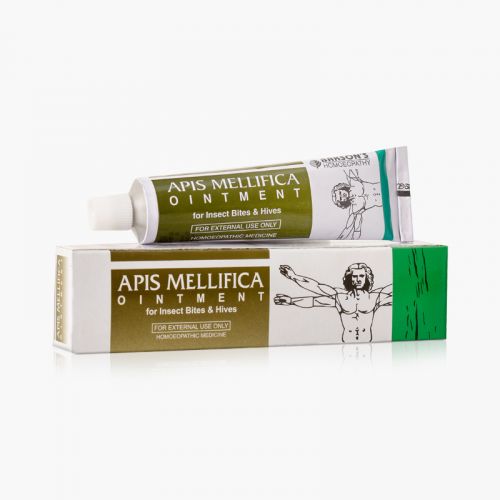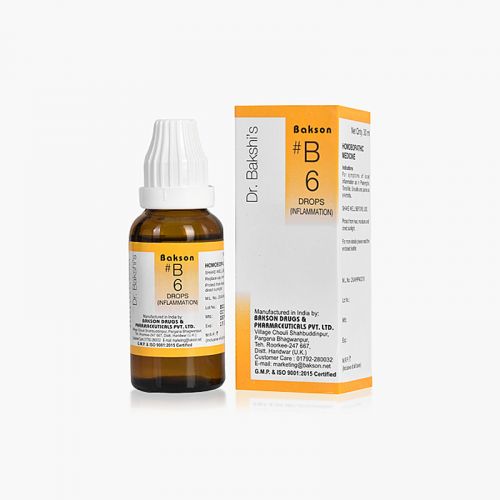We use cookies to make your experience better. To comply with the new e-Privacy directive, we need to ask for your consent to set the cookies. Learn more.
What is Insect Bite?
Insects are arthropods of the class Insecta. Insects have an adult stage characterized by a hard exoskeleton, 3 pairs of jointed legs, and a body segmented into head, thorax, and abdomen. Arthropods make up the largest division of the animal kingdom, representing approximately 80% of all known animals.
Arachnida has the greatest clinical impact on humans.
The exact prevalence and incidence of insect bites is difficult to determine as most of the cases are not reported and donעt even require hospital care.
Causes
The consequences of arthropod bites are generally due to traumatic injury or local inflammation and hypersensitivity to arthropod saliva. The four medically significant classes of arthropods are:
- Chilopoda- centipedes
- Diplopoda- millipedes
- Insecta- Hymenoptera (bees, wasps, hornets and fire ants), mosquitoes, bedbugs, fleas, lice, beetles, caterpillars and moths and kissing bugs
- Arachnida- spiders, scorpions, mites and ticks
Sign and symptoms
There are various mechanisms responsible for the pathophysiological impacts of arthropods bites and stings. Mechanical injury to tissue during bites and stings results in pain and swelling and provides a portal of entry for bacteria which can result in secondary infection. Allergic responses to arthropod salivary antigens are common and contribute to the development of localized and systemic rashes and cutaneous pruritus. The most significant pathophysiologic impact of arthropod bites is their potential to transmit several clinically important diseases.
The symptoms can be classified as-
- Local effects: The patient may complain of discomfort, itching, moderate or severe pain, erythema, tenderness, warmth, and oedema of tissues surrounding the site.
- Systemic effects: Symptoms can range from mild to fatal. Early complaints typically include generalized rash, urticaria, pruritus, and angioedema. These symptoms may progress, and the patient may develop anxiety, disorientation, weakness, gastrointestinal disturbances.
On physical examination, wheals and urticaria are found commonly and they appear within a few minutes.
Diagnosis
With uncomplicated arthropod bites or stings resulting in minor localized reactions, no laboratory or imaging evaluation is indicated. Severe envenomation may cause multi-organ dysfunction and require lab studies such as a complete blood count, basic metabolic panel, liver function, coagulation, creatine kinase, and urinalysis.
Other investigations responsible for arthropod borne-diseases may be based on the clinical presentation. Anaphylaxis is a clinical diagnosis.
General management
Most arthropod bites and stings can are manageable with simple supportive care measures consisting of local wound care by cleaning the area with soap and water, updating tetanus status as needed, applying ice compresses, elevating the area if there is oedema present, and treating pain with appropriate medications.
Disclaimer: The information provided herein on request, is not to be taken as a replacement for medical advice or diagnosis or treatment of any medical condition. DO NOT SELF MEDICATE. PLEASE CONSULT YOUR PHYSICIAN FOR PROPER DIAGNOSIS AND PRESCRIPTION.
- BAKSON #B 6 DROPSSpecial Price ₹ 160.00 Regular Price ₹ 200.00
- CANTHARIS OINTMENT- 25 GM₹ 75.00
- URTICA URENS. 30₹ 100.00








